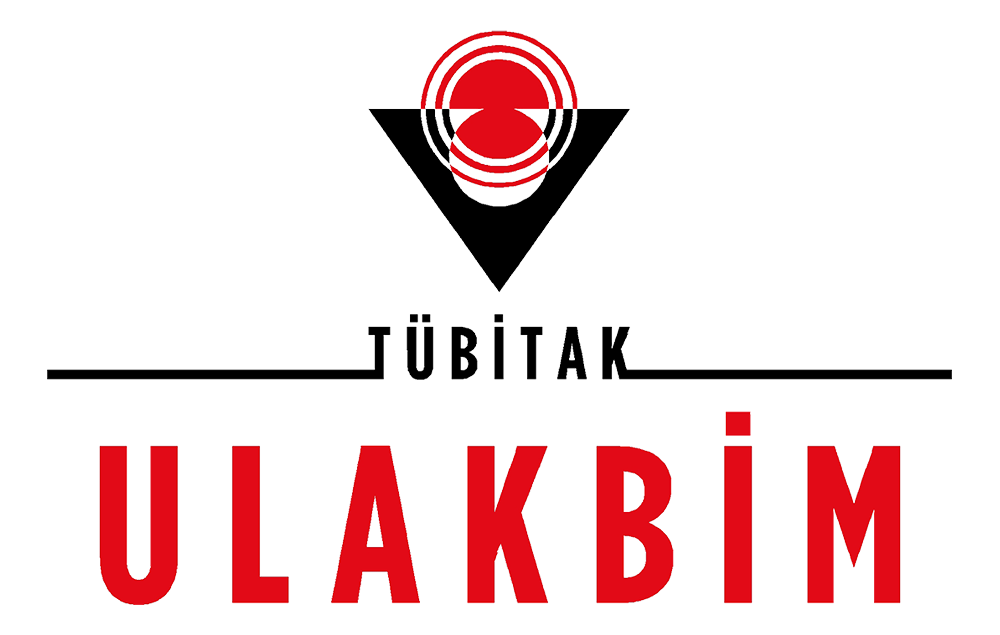Bir Onkoloji Dal Hastanesinde Ağrı Bölümüne Danışılan Solid ve Hematolojik Maligniteli Hastaların Değerlendirilmesi
Hamit GoksuSağlık Bilimleri Üniversitesi, Ankara Dr. Abdurrahman Yurtaslan Onkoloji Eğitim ve Araştırma Hastanesi, Ağrı Kliniği, Ankara, TürkiyeAmaç: Ağrı bölümüne yönlendirilen solid ve hematolojik kanserli hastalarda ağrı ve ağrı ile ilişkili klinik faktörlerin araştırılması amaçlanmıştır.
Yöntem: Çalışmaya kanser ağrısı nedeniyle ağrı bölümüne yönlendirilen hastalar dahil edildi. Demografik ve klinik özellikler, ağrı tipi, görsel analog skala (VAS) skorları ve 6 aylık sağkalım verileri değerlendirildi.
Bulgular: Hastaların medyan VAS skoru 7,0 idi. Solid ve hematolojik maligniteler arasında VAS skoru anlamlı farklılık göstermemiştir (p=0,149). Hastaların yaklaşık %90’ında Dünya Sağlık Örgütü analjezik basamakları 2 veya 3 idi. Hematolojik malignitelerde WHO analjezik merdiven-1’deki hastaların oranı daha yüksekti (p=0,012). Kullanılan medyan analjezik sayısı solid ve hematolojik maligniteler arasında benzerdi (p=0,556). Solid kanser grubunda VAS skorları 6 aylık mortalite ile zayıf korelasyon göstermiştir (Rho=.322, p<0,01). Hematolojik kanser grubunda, kanser evresi ile VAS skoru arasında orta derecede pozitif korelasyon bulunmuştur (Rho=.625, p<0,01). Solid tümör grubunda, VAS skorları karışık ağrı grubunda nosiseptif ağrı grubuna göre daha yüksekti. (p=0,013). Hematolojik malignitelerde, VAS skorları karışık ağrısı olan hastalarda sadece nöropatik ağrısı veya sadece nosiseptif ağrısı olan hastalara göre daha yüksekti.
Sonuç: Kanser ağrısında ağrı yönetimi, ağrıya neden olabilecek kanser tedavilerinin değerlendirilmesini, opioid olmayan ajanların dikkate alınmasını ve nöropatik ağrı varlığının değerlendirilmesini içermelidir.
Anahtar Kelimeler: Kanser ağrısı, nevralji, nosiseptif ağrı
Evaluation of Patients with Solid and Hematological Malignancies Referred to the Pain Department in an Oncology Branch Hospital
Hamit GoksuUniversity of Health Sciences, Ankara Dr. Abdurrahman Yurtaslan Oncology Training and Research Hospital, Department of Pain Medicine, Ankara, TürkiyeObjective: It is aimed to investigate pain and pain-associated clinical factors in patients with solid and hematological cancers referred to the pain department.
Methods: The study included patients referred to the pain department due to cancer pain. The demographic and clinical features, type of pain, visual analog scale (VAS) scores, and 6-month survival data were evaluated.
Results: The median VAS score of the patients was 7.0. The Vas score did not significantly differ between solid and hematological malignancies (p=0.149). The World Health Organization analgesic ladder was 2 or 3 for almost 90% of the patients. The ratio of patients in the WHO-analgesic ladder-1 was higher in hematologic malignancies (p=0.012). The median number of analgesics was similar between the solid and hematological malignancies (p=0.556). The VAS scores were weakly correlated with 6-month mortality in the solid cancer group (Rho=.322, p<0.01). In the hematological cancer group, a moderate positive correlation was found between the cancer stage and the VAS score (Rho=.625, p<0.01). In the solid tumor group, VAS scores were higher in the mixed pain group than in the nociceptive pain group (p=0.013). In hematologic malignancies, VAS scores were higher in patients with mixed pain than in patients with only neuropathic pain or only nociceptive pain.
Conclusion: Pain management in cancer should include evaluation of cancer treatments that may cause pain, consideration of non-opioid agents, and evaluation for the presence of neuropathic pain.
Keywords: Cancer pain, neuralgia, nociceptive pain
Makale Dili: İngilizce
(305 kere indirildi)












